Understanding components of Maternal Diet among those diagnosed with Gestational Diabetes and/or Hypertension in Flint, MI [Community based participatory research]
Annals of Family Medicine
NOVEMBER 20, 2024
Context: Gestational Diabetes Mellitus (GDM) and Gestational Hypertension (GHTN), each linked to poor maternal and infant health outcomes, affect an average of 5-10% of US pregnancies. Despite an important role in disease development, few have described maternal diet of those diagnosed with GDM/GHTN. Population Studied: 40.5%

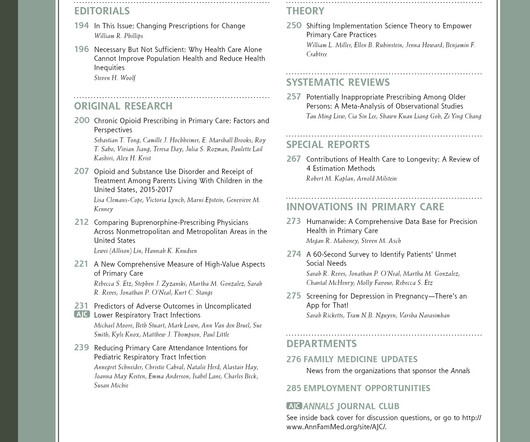
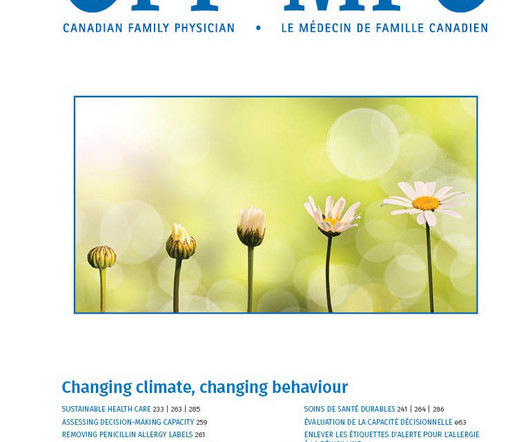
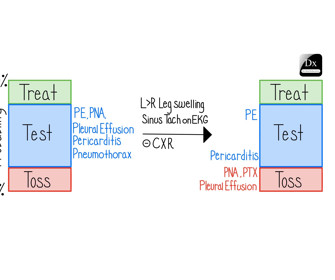
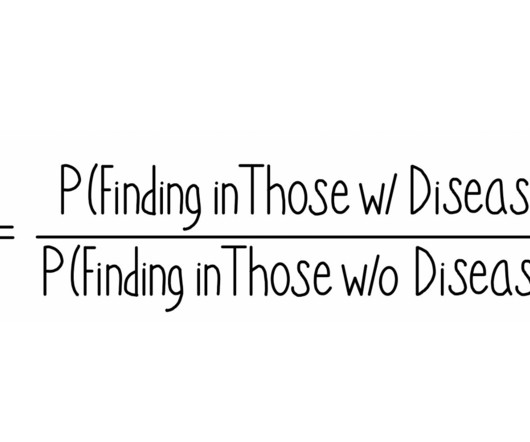

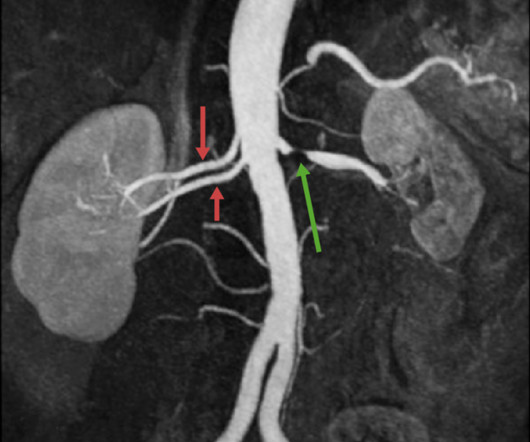
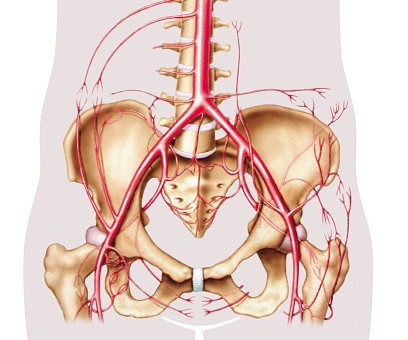


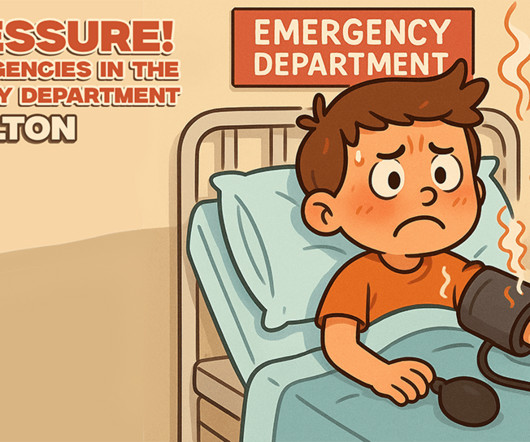











Let's personalize your content